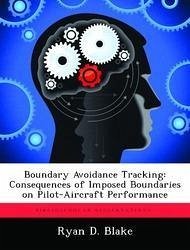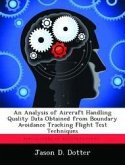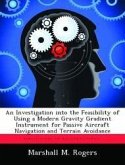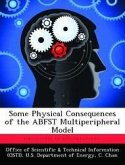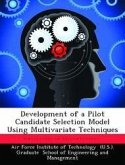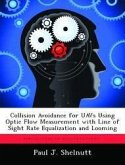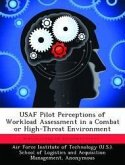This thesis presents the results of research into the Boundary Avoidance Tracking (BAT) theory, which states that often pilots control an aircraft not in an attempt to maintain some condition, but to avoid some real or perceived boundaries. This pilot modeling concept was studied using over 30 pilots in simulator and flight tests. The pilot-aircraft system was evaluated with 3 different lateral-directional control models. Pilots were given a roll angle tracking task in the presence of shrinking boundaries. Pilots were also given a secondary task in some of the profiles in order to measure workload. Approximately 42 hours of simulation and 10 test flights were accomplished. The simulations were conducted in the Infinity Cube simulator and the Large Amplitude Multi-mode Aerospace Research Simulator (LAMARS) at the Air Force Research Laboratory. Flight test sorties were flown on the NF-16D Variable Stability In-Flight Simulator Test Aircraft (VISTA). The mathematical BAT model was compared to the flight test data in order to confirm the theory and validate the model. In addition, a correlation between pilot performance during these tasks and pilot opinion of the aircraft was studied.
Hinweis: Dieser Artikel kann nur an eine deutsche Lieferadresse ausgeliefert werden.
Hinweis: Dieser Artikel kann nur an eine deutsche Lieferadresse ausgeliefert werden.

